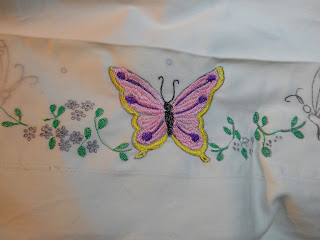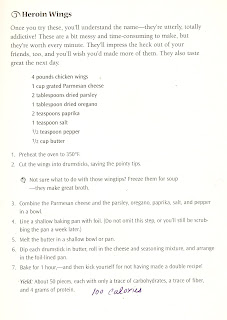A little something different. My pic of my free motion embroidery practice.
It's not perfect, but it is easy! People say free motion is scary, but it's really not. The right equipment makes a huge difference.
1.You do need to invest in a open toe foot. Don't skimp! I got the metal open toe foot appropriate to my machine. ( http://www.sewvacdirect.com/brother-sa187-open-toe-quilting-foot/?gdftrk=gdfV2739_a_7c861_a_7c9636_a_7cbrot_d_sa187&gclid=CIm10-n8sLICFQYGnQodkHsA2w ) Try not to have a heart attack at the price.
2. Next you need stabilizers. Now this choice varies widely depending on what you're working on. I have several kinds-- the cut away, the wash away, and the ultimate Super Solvy.http://www.sewvacdirect.com/sulky-solvy-405-01-20-x-1-yd/
3. Use embroidery needles for your machine. Why? They've got a groove in them you can't see that helps feed the delicate embroidery thread so it frays less. Can you use a standard needle? Yes, but be prepared for the occasional fraying and/or thread breakage. That's the price you pay for the price you paid for the less expensive needle. I buy mine from a specialty house online. http://www.allstitch.net/index.cfm
4. Embroidery thread. You can even find embroidery weight thread in Wal-Mart made by Coats and Clark in big, lovely cones. Madiera brand (see the allstitch.net link) is the industry standard, but I'm a Sulky girl myself. I just like Sulky better. Experiment and see what works for you.
All that having been said, you can start out using regular needles and regular thread. I still recommend a stabilizer. There's no getting around it, but you can buy a small package of sheets relatively cheaply. http://www.allstitch.net/department/allstitch-cut-away-backings-10078.cfm Practice on something you wouldn't mind where it's not perfect like pillowcases or the sides of tote bags.
I cheated and started out with a fish print fabric, embroidering right on the fish and plants. I'd precut the fabric in the general shape of the purse pattern, plus some extra "fudge factor" allowed. It worked, and the purse is awesome. No one would ever know it was an experiment with mistakes included. What they can't see won't hurt me!
It's not perfect, but it is easy! People say free motion is scary, but it's really not. The right equipment makes a huge difference.
1.You do need to invest in a open toe foot. Don't skimp! I got the metal open toe foot appropriate to my machine. ( http://www.sewvacdirect.com/brother-sa187-open-toe-quilting-foot/?gdftrk=gdfV2739_a_7c861_a_7c9636_a_7cbrot_d_sa187&gclid=CIm10-n8sLICFQYGnQodkHsA2w ) Try not to have a heart attack at the price.
2. Next you need stabilizers. Now this choice varies widely depending on what you're working on. I have several kinds-- the cut away, the wash away, and the ultimate Super Solvy.http://www.sewvacdirect.com/sulky-solvy-405-01-20-x-1-yd/
3. Use embroidery needles for your machine. Why? They've got a groove in them you can't see that helps feed the delicate embroidery thread so it frays less. Can you use a standard needle? Yes, but be prepared for the occasional fraying and/or thread breakage. That's the price you pay for the price you paid for the less expensive needle. I buy mine from a specialty house online. http://www.allstitch.net/index.cfm
4. Embroidery thread. You can even find embroidery weight thread in Wal-Mart made by Coats and Clark in big, lovely cones. Madiera brand (see the allstitch.net link) is the industry standard, but I'm a Sulky girl myself. I just like Sulky better. Experiment and see what works for you.
All that having been said, you can start out using regular needles and regular thread. I still recommend a stabilizer. There's no getting around it, but you can buy a small package of sheets relatively cheaply. http://www.allstitch.net/department/allstitch-cut-away-backings-10078.cfm Practice on something you wouldn't mind where it's not perfect like pillowcases or the sides of tote bags.
I cheated and started out with a fish print fabric, embroidering right on the fish and plants. I'd precut the fabric in the general shape of the purse pattern, plus some extra "fudge factor" allowed. It worked, and the purse is awesome. No one would ever know it was an experiment with mistakes included. What they can't see won't hurt me!


Comments